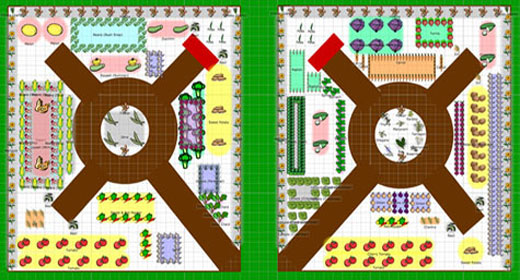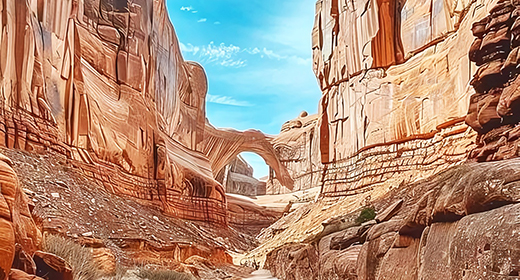by: Maarten Vinkhuyzen: The costs of climate change are multiple…
This article will limit itself to a few big budget items associated with the consequences of burning fossil fuels and partly with forestry and land use change.
The type of costs of climate change are:
- The costs of damage, health costs and cleaning up after the polluters
- The costs of adaptation, living in a warmer world
- The costs of mitigation, changes we have to make to live in a warmer world
- The costs of transition to a zero-emission economy, aka as the mitigation of the ongoing climate change
- The costs of a reversal of global heating to a preindustrial climate
The cost of transition must be paid now and in the next two decades ahead. This is what McKinsey recently wrote about and Steve captured in a few articles. Think about 10% of the Global Gross Product for the next 30 years. This is the cheapest way forward. Spending less per year and taking longer for the transition will rise the other costs with way more than what is delayed in spending on this budget.
The other four are our legacy to our children’s children and all generations after them. It is the legacy of this age of waste and abundance in polluting. While it is our legacy, we are starting with paying them now. That is on top of the costs of transition.
Damage: Health (including less cognitive capacity), pollution, destroyed environments, and abandoned installations.
We have started paying these costs decades ago and do not ask the fossil fuel industry to pay them. The health costs are now huge, but will decline when we stop polluting. The costs for repairing and cleaning can also be met after we transition to a fossil fuel-free world. The world will have a lot of cleaning to do. It also includes the cost of reforestation and reclaiming land for efficient, clean, green agriculture.
Adaptation: The costs of living in a hotter world. More people on less land. Desalination of seawater. Mostly vegetarian diets. Agriculture without chemical fertilizer or pesticides. Many at the moment unknown costs and benefits.
We have started to foot this bill. We are running our HVAC systems more often. We have to rebuild more houses destroyed by hurricanes and flooding. We have more wildfires. We must desalinate a lot of water to compensate for the droughts. Getting used to many new neighbors or living in different lands after we relocate over a billion people. It could also be over two billion people relocated. For all the MBA types among you, consider this the rise in opex caused by the climate change.
Mitigation: Building dykes. Building desalination plants. Relocating a billion people or more.
The sea levels will keep on rising for a while until a new equilibrium is reached. This can be decades or even centuries after reaching a net-zero economy.
The Global temperature will keep rising as long a new greenhouse gasses reach the greenhouse layer. The warming Earth will initiate a number of positive feedback loops. Most feared is the greenhouse gas methane from the melting permafrost. Another is less reflection and thus more absorption of solar energy from smaller ice caps around the poles and less snow and glaciers in the high mountains.
A new equilibrium will be reached. The temperature raises of 1.5Kelvin or more in the reports and Paris agreement is only the raise caused by direct human activities. How much more will be added by the positive feed back loops is yet not known. A higher temperature from human activities creates much bigger feedback loops. Hello Wall Street gurus, this is the capex for living in a warmer world.
Transition: The costs of using mainly wind, water, and sun as the sources of energy. It is the cost of closing all fossil fuel energy plants, replacing all fossil full heating equipment in factories, buildings, and homes with electric or other zero emission equipment.
It is making and installing billions of solar panels on roofs, above parking lots, in solar farms, and at numerous other locations our creativity can find. It is building large forests of masts with big wind turbines on top.
Making batteries, batteries, and batteries for mobile and stationary storage. A new transportation grid to connect the places where the sun does shine, and the wind does blow, with the places people where live without the wind blowing or the sun shining. A new distribution grid with about 5 to 10 times the capacity of the current distribution grids in the western world for the whole world.
It also includes building the mines and supply lines to produce all the new goods we need in this new economy. Retraining all the workers of the old economy to become productive in the new one.
And this is likely not half of it. It is also the most urgent. The faster we transition, the less we send greenhouse gases into the greenhouse layer. The less we have to spend on the other for type of costs.
Reversal: We have no real idea how to do it. Nor do we have any ideas about the costs. It could be more than the other four costs combined.
Or perhaps we just like a warmer world. Or the Earth likes a stable, warmer climate without mammals, like it was in the time of the dinosaurs.
Conclusion: The next generations will not thank us for our legacy — ask Greta. We need more children, grandchildren, great-grandchildren now! The robots can not do it alone.
Making children and raising them are the best part of most people’s life. At least that is not an undue burden.









































